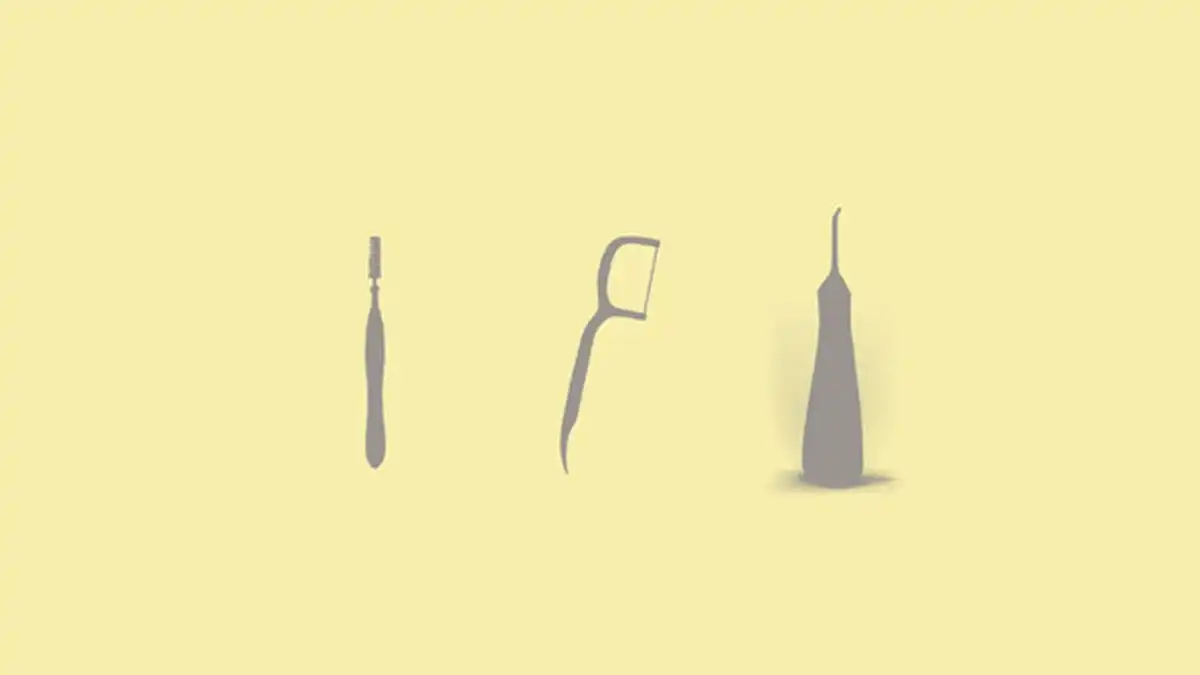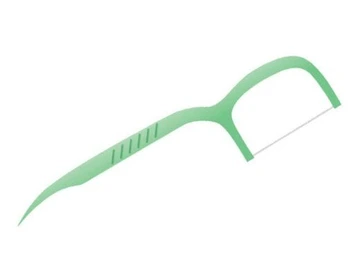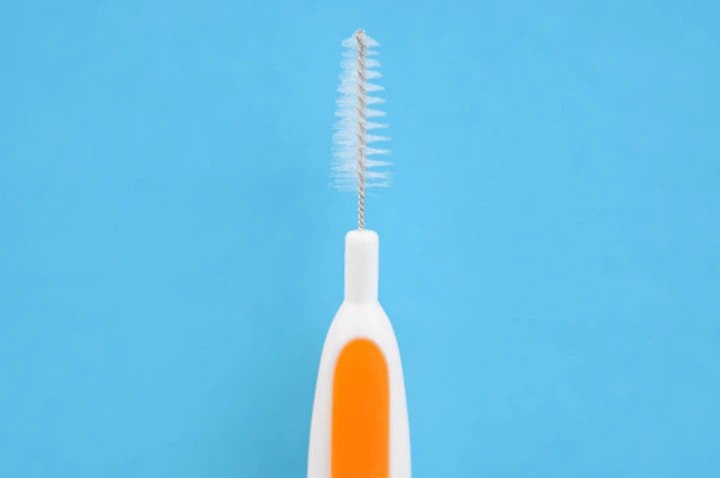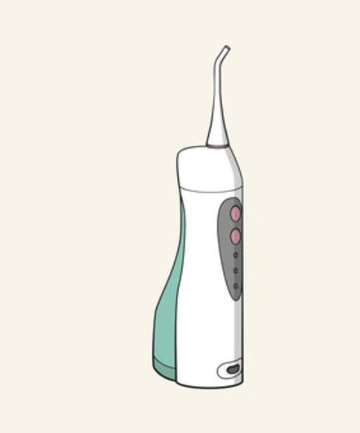3 Flossing Alternatives Better Than String Floss


Some people can’t (or just won’t) use traditional string floss. Maybe it’s hard to hold, their teeth are too tight together, or there are just so many things to work around that the hassle doesn’t seem to be worth it. What then? Fortunately, there are some proven and effective flossing alternatives out there that work well for certain types of people.
You’ve Got To Clean Between
The most important thing to keep in mind at times like this is that you need to be cleaning between your teeth every single day. Those tight spaces are super-attractive to bacterial colonies that cause gum disease and cavities. If you’re looking for flossing alternatives, it’s got to be something that effectively cleans between each of those spaces. Otherwise, you won’t have any way to avoid preventable dental infections. Simply brushing your teeth every day isn’t going to help.
Which Flossing Alternatives Work Best?
Technically speaking, there are three different ways to clean your teeth other than using traditional strand floss. Each one exists for specific reasons. The best option for one person may be the worst for someone else.
The best way to know which one is going to work well for you is to schedule a checkup with your dentist’s office and talk to your hygienist about their recommendation as it pertains to your individual mouth.
What are those three flossing alternatives? Floss picks, interdental brushes, and water flossers. Each one cleans between your teeth, it just does it in its own unique way.
1) Floss Picks

People love floss picks. Probably because they see them as the easiest, quickest alternative to string floss. And while they work great for people like kids or someone with dexterity issues, they just don’t curve around your teeth to clean the same way that traditional string floss does. If you’re absolutely not going to use string floss, then a floss pick is better than nothing. Especially if you can’t fit your hands in your mouth or maybe have a super-sensitive gag reflex. But the rigid shape of a lot of floss picks means they really only work around your front teeth and are harder to clean between your back ones.
2) Interdental Brushes

Also called proxy brushes, proxa brushes, and interdental brushes, these tiny little brushes are made to fit between teeth when there’s wider space involved. A lot of people don’t even know this option exists. Interdental brushes look sort of like a mini pipe cleaner on the end of a handle.
Proxy brushes are popular with orthodontic patients and people who have large spaces (aka “black triangles”) between teeth because of gum recession.
There’s a ton of research out there to show how effective proxy brushes are. But if you’re using them incorrectly you can actually hurt your gums rather than help them. Work with your hygienist or dentist to choose the best size for the area of your mouth you’re trying to clean. They come in varying widths so that they can fit where you need them to go. Like under a bridge or around your orthodontic appliances.
3) Water Flossers

They’re messy, but they’re also satisfying. Anyone can use a water flosser, whether they have gingivitis, braces, dental implants, bridges, or periodontal disease. The one advantage water flossers have that flossing doesn’t, is that they can reach way down under the gums into deeper periodontal pockets if you have gum disease.
My Professional Disclaimer
The most important thing to remember is that you need to be cleaning between your teeth every single day. Notice that I didn’t say floss every day. As long as you’re cleaning between your teeth in some way, shape, or form, you’re going to be less likely to have cavities or gum inflammation.
You’ve Got To Talk To Your Dentist Or Hygienist
Everyone has different types of spacing, dental work, and oral anatomy to clean around. Choosing the best way to clean between your teeth means using a hygiene method that will physically reach where you need it to. I can’t stress it enough - make sure you’re talking to your personal dental provider when it comes to picking a floss alternative. It’s not a one size fits all decision.

Make your inbox smile!
Subscribe





